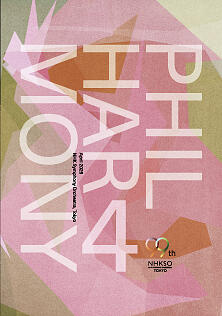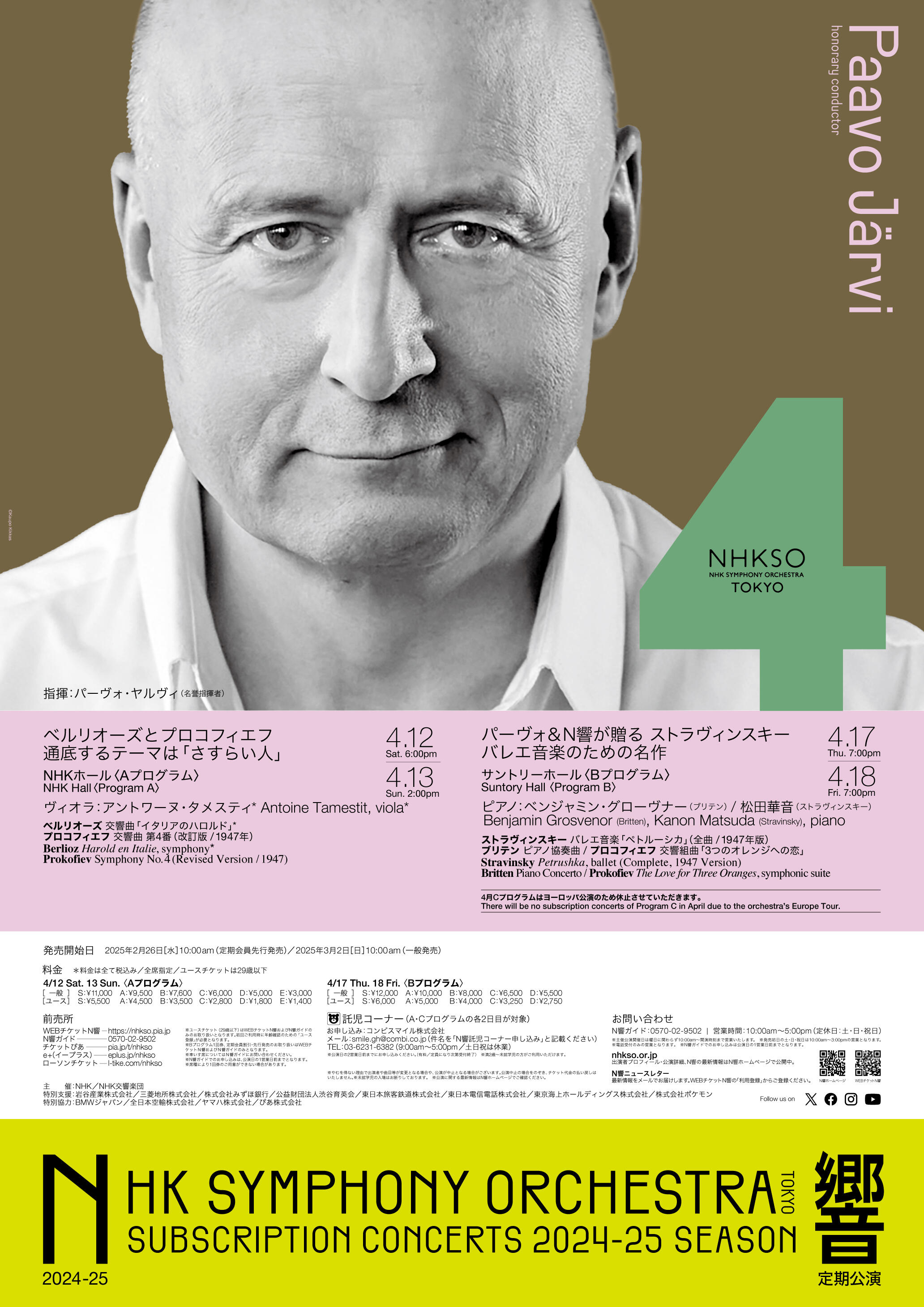- Home
- Concerts
- Subscription Concerts 2024-2025
- Program A
- No. 2034 Subscription (Program A)
No. 2034 Subscription (Program A)
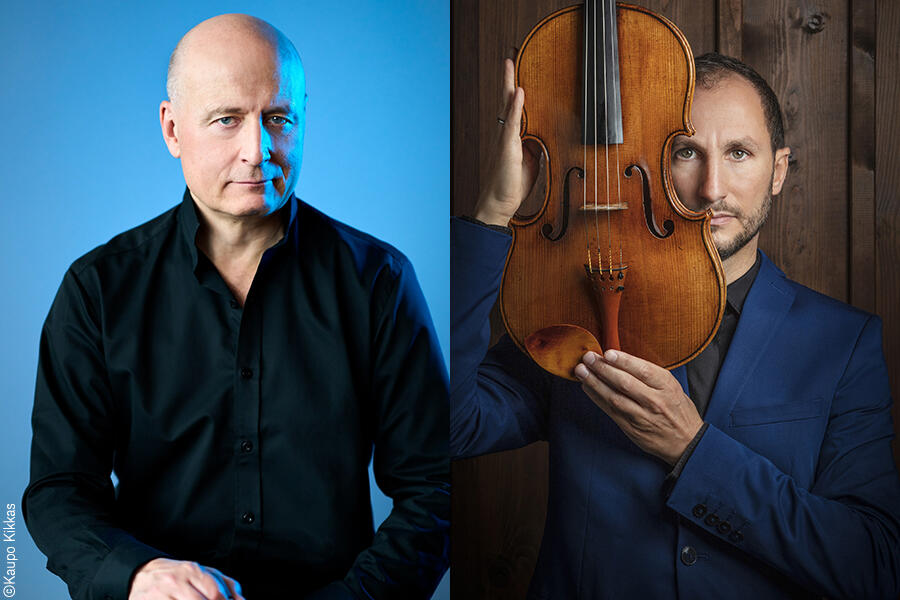
Program
Berlioz / Harold en Italie, symphony (Harold in Italy) *
French composer Hector Berlioz (1803–1869) laid the groundwork for Romanticism in music. His Symphonie fantastique (Fantastical Symphony) (1830) was a pivotal transition from the Classical symphony to the Romantic symphonic poem, a programmatic genre that Franz Liszt (1811–1886) would soon invent. In this epochal work, Berlioz employed a recurrent melody (representing a leading character) that he called “idée fixe” (fixed idea) foretelling Richard Wagner (1813–1883)’s “leitmotiv.” Also, Symphonie fantastique showcases the excellent instrumentation of Berlioz who is the author of a historic orchestration treatise.
Those characteristics are fully revealed in Harold en Italie (Harold in Italy) as well. Penned in the summer of 1834, it is about journeys. Inspired freely by Byron’s narrative poem Childe Harold’s Pilgrimage, Berlioz here reminisces his own journey in Italy utilizing his above-mentioned idée fixe technique and ingenious scoring skill. The winner of the Prix de Rome 1830 (a prestigious scholarship), young Berlioz had stayed in Italy for fifteen months. Having hard feelings toward Rome, then his base, he often escaped to nearby areas such as the Abruzzo mountains located northeast of Rome.
According to Berlioz’s recollections, Harold en Italie was initially conceived in response to a request from Nicolò Paganini. Impressed by Symphonie fantastique, the Italian legendary violinist asked Berlioz to compose a concerto for the former to display his Stradivarius viola. However, Berlioz’s sketch for the project dissatisfied Paganini shortly due to the not so virtuosic solo viola part brimming with rests. The original plan ended in failure, yet Berlioz would finish the work as “Symphonie avec alto principal (Symphony with Principal Viola),” entitling the four movements as below.
The first movement Harold aux montagnes (Harold in the Mountains) “Scenes of Melancholy, Happiness and Joy” consists of a slow introduction and the faster sonata section. The solo viola is first heard over harp giving the theme of Harold, a melancholy dreamer (Berlioz’s words). This melody will recur on the viola as the idée fixe throughout the symphony, depicting Harold’s wandering in nature. After the prayerful slow movement Marche de pèlerins (March of the Pilgrims) “Procession of the Pilgrims Singing the Evening Hymn,” the scherzo movement Sérénade d’un montagnard des Abruzzes (Serenade of an Abruzzo Mountaineer) quotes music by the Pifferari who come down from mountains to Rome when Christmas approaches: these itinerant musicians left a deep impression on Berlioz. The finale Orgie de brigands (Orgy of the Brigands) “Reminiscences of the Preceding Scenes” has brigands kill Harold, before the theme of brigands goes on the rampage at the conclusion.
[Kumiko Nishi]
Prokofiev / Symphony No. 4 C Major Op. 112 (Revised Version / 1947)
Sergei Prokofiev (1891–1953) was born in Imperial Russia (today in Donetsk Oblast, Ukraine) in the last decade of the 19th century. Following the 1917 Revolution, he left his home in 1918 by permission of the Soviet authorities to compose and perform abroad. In 1936, he returned for good to the Stalinist USSR offering to him some carrots of fame and opportunities. The modernist composer since led a difficult life and was forced to meet the official Soviet style called “Socialist Realism,” otherwise he would be destined for purge, labor camp, torture or execution.
The background story of Symphony No. 4 reflects these changes his life went through. This work is based on musical materials from Le Fils prodigue (The Prodigal Son) Op. 46, the ballet score Prokofiev wrote abroad in 1928–29 for Sergei Diaghilev’s dance company, Ballets Russes. The ballet’s Biblical story features the titular protagonist who leaves his wealthy father’s house for a prodigal journey. The Son, penitent, returns home at the end.
Foreseeing the potential of the ballet’s materials for symphonic expansion, Prokofiev employed them to write the Symphony No. 4 Op. 47 which was first performed in 1930 in Boston, USA. The symphony’s 1947 version performed today could be considered a re-creation rather than a revised music: in fact, Prokofiev gave it the new opus number 112. This new version dates from the period after the communist party increased their censorship under the infamous Zhdanov Doctrine (1946–). Thickening the orchestra with piano, harp and other instruments, Prokofiev turned the compact neo-Classical symphony into the heavier, more extensive and heroic one. Despite all these efforts to radically change the work however, the Stalinist regime banned Op. 112 in the USSR during Prokofiev’s lifetime.
The opening movement has a slow introduction and the main sonata section. The march-like aggressive first sonata theme is from the number The (Male) Dancers of the above-mentioned ballet Le Fils prodigue. The melodious second movement spotting flutes is derived from the ballet’s expressive finale The Return where the Prodigal Son is welcomed back by his father with love and forgiveness. The third movement, slightly satiric, is a scherzo mainly based on the ballet’s number The Seductress. The final movement in a flexible rondo form begins with a resolute theme from the ballet’s opening The Departure and reaches the brassy, triumphant finish in the Soviet style.
[Kumiko Nishi]
[Encore]
April 12: J.S.Bach / Cello Suite No. 1 G Major BWV1007 (Viola ver.) - Prelude
April 13: J.S.Bach / Cello Suite No. 1 G Major BWV1007 (Viola ver.) - Sarabande
Viola: Antoine Tamestit
Artists
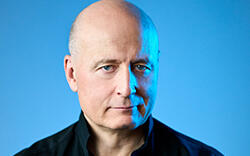 ConductorPaavo Järvi
ConductorPaavo Järvi
Paavo Järvi was born in Tallinn, the capital of the Republic of Estonia (then part of the former Soviet Union) in 1962. His father Neeme Järvi is also a renowned conductor. After learning conducting and percussion at a local music school, he went to the United States to study conducting at the Curtis Institute of Music, and then, he was under the tutelage of Leonard Bernstein in Los Angeles. He has successively held positions at the Malmö Symphony Orchestra in Sweden, the Cincinnati Symphony Orchestra, The Deutsche Kammerphilharmonie Bremen, the Frankfurt Radio Symphony Orchestra, and the Orchestre de Paris to date, of which, with The Deutsche Kammerphilharmonie Bremen, he has continued to serve as Artistic Director since 2004. From 2015 to 2022, he was Chief Conductor of the NHK Symphony Orchestra (now Honorary Conductor), while he was also appointed Music Director of the Tonhalle-Orchester Zürich, another position he still serves today.
He has made masterful performances in a wide range of repertoire with the NHK Symphony Orchestra, among which he has particularly demonstrated his artistry in modern and contemporary works, delivering dazzling performances with his refined sensibility, combined with meticulous music making. I am sure in the coming concerts, his inherent refined sense will be fully displayed in the works of Prokofiev, Stravinsky, and Britten, however, on the other hand, he will also bring a breath of fresh air to Berlioz by sharp and straightforward approach he has been known for.
[Motoyuki Teranishi, music critic]
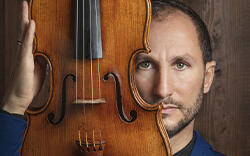 Viola*Antoine Tamestit
Viola*Antoine Tamestit
Antoine Tamestit, one of the most renowned violists of today who freely shifts himself between solo and ensemble performances, will make his first appearance with the NHK Symphony Orchestra. Furthermore it is under the baton of Paavo Järvi, in whom he has a strong trust. With Paavo Järvi he performed with the Frankfurt Radio Symphony Orchestra, the Orchestre de Paris, and the Tonhalle-Orchester Zürich. Their collaboration in Harold in Italy performed with the Tonhalle-Orchester Zürich at the Musikverein in Vienna also won artistic acclaim.
He was born in Paris in 1979, and after studying at the Conservatoire de Paris and Yale University, he won the first prize at four international competitions including the Primrose International Viola Competition in the U.K. and ARD International Music Competition. He enjoys a wide repertoire ranging from baroque to contemporary music, having been engaged in the world premiere performances of works by Thierry Escaich, Bruno Mantovani, and Olga Neuwirth. Until 2023, he served Programming Director for Viola Space (founded by Nobuko Imai in 1992). He has worked with an endless list of world’s leading conductors, orchestras and artists. One of the violas he plays is commonly known as the ‘Gustav Mahler,’ the first viola made in 1672 by Stradivarius (on loan from the Habisreutinger Foundation).
[Yoshimichi Okuda, music critic]
Download
Ticket
Program A
No. 2034 Subscription (Program A)
NHK Hall
Google Map
Seating Chart
Single Tickets Release Date
Pre-sales for Subscribers:Wednesday, February 26, 2025
*about subscribers
Sale to General Public:Sunday, March 2, 2025
Price
| S | A | B | C | D | E | |
|---|---|---|---|---|---|---|
| Ordinary Ticket | 11,000 | 9,500 | 7,600 | 6,000 | 5,000 | 3,000 |
| Youth Ticket | 5,500 | 4,500 | 3,500 | 2,800 | 1,800 | 1,400 |
Seating chart Enlarge Print PDF
*tax included
*Subscribers receive a 10% discount (Available at NHKSO WEB Ticket and N-Kyo Guide)
*For wheelchair-accessible seats, please refer to the N-Kyo Guide
Youth Tickets
Youth Tickets are great options for those of 29 years old and younger
Subscription tickets
Release Date
ANNUAL SUBSCRIPTION TICKETS
Mon., July 15, 2024 10:00am
[For Subscribers: Sun., July 7, 2024 10:00am]
SEASONAL SUBSCRIPTION TICKETS (SPRING)
Wed., February 19, 2025 10:00am
[For Subscribers: Thu., February 13, 2025 10:00am]
Where to buy
NHKSO WEB Ticket | Saturday, April 12, 2025 (In English / Seats not selectable)
NHKSO WEB Ticket | Sunday, April 13, 2025 (In English / Seats not selectable)
NHKSO WEB Ticket (In Japanese only / Seats selectable)
N-Kyo Guide (Purchase by telephone only)
Other Ticket Agents
*Repertoire, conductor, soloists and program order are subject to change without notice.
*Pre-school children are not allowed in the concert hall

